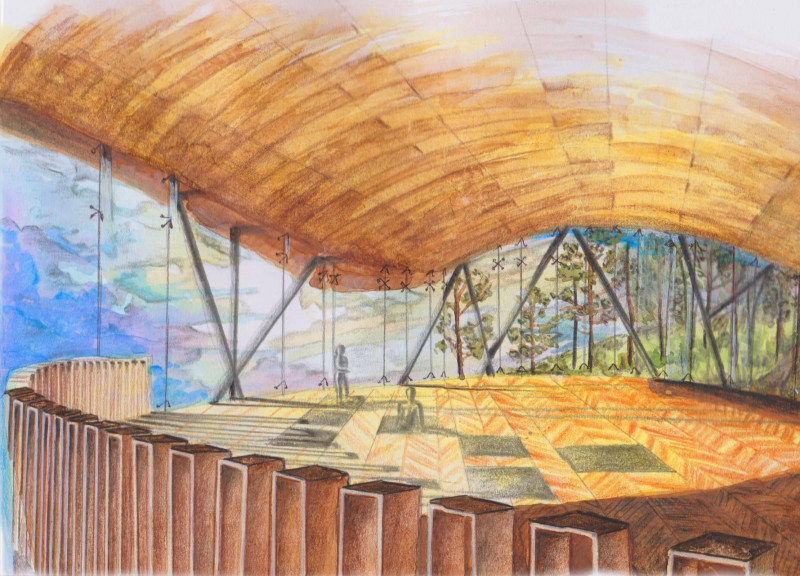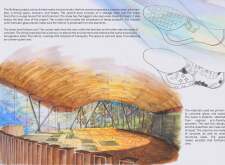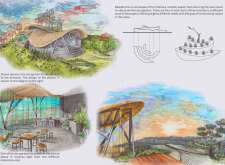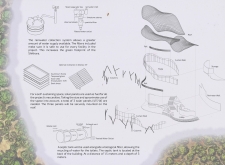5 key facts about this project
The Yoga House Shikhara is located in the scenic Vale de Moses in the Portuguese countryside. It serves as a retreat for yoga and meditation, focused on creating a calm atmosphere that connects its users to the surrounding landscape. The design emphasizes harmony with nature, encouraging a deep interaction between the built environment and the natural world.
Spatial Organization
The building has two levels, each serving different purposes. The lower level includes communal spaces like a kitchenette, dining area, showers, and toilets. These spaces are designed for socializing and shared experiences among users. The upper level features the shala, the main yoga area, which offers ample room and large windows for views of the landscape. This arrangement allows practitioners to feel immersed in the environment while practicing.
Materiality and Structure
Materials are thoughtfully chosen for their aesthetic and functional qualities. The structure uses concrete, glass, and wood. Glass curtain walls in the shala offer plenty of natural light and views, enhancing the feeling of openness inside. Wood elements, sourced from local suppliers, add warmth and character. The concrete serves as a durable foundation, giving the structure its stability and shape.
Landscape Integration
Zen gardens are a key feature of the design, located at various points throughout the property. These gardens create peaceful spots for relaxation and mindfulness. Each of the four gardens is designed uniquely to support different experiences, reinforcing the connection between the building and its natural surroundings. This focus on landscape integration fosters an atmosphere of tranquility.
Sustainability Features
The design also includes features that promote environmental responsibility. A rainwater collection system captures water for various uses, and a septic tank with a biological filter allows for water recycling in toilets. These systems minimize the ecological footprint of the retreat and reflect a growing trend towards sustainability in architectural practices.
The form of the Shikhara gently follows the contours of the surrounding hills, inviting users to engage with the landscape. This design choice encourages a continuous relationship between nature and the built environment. The result is a space that fosters reflection, connection, and tranquility.






















































